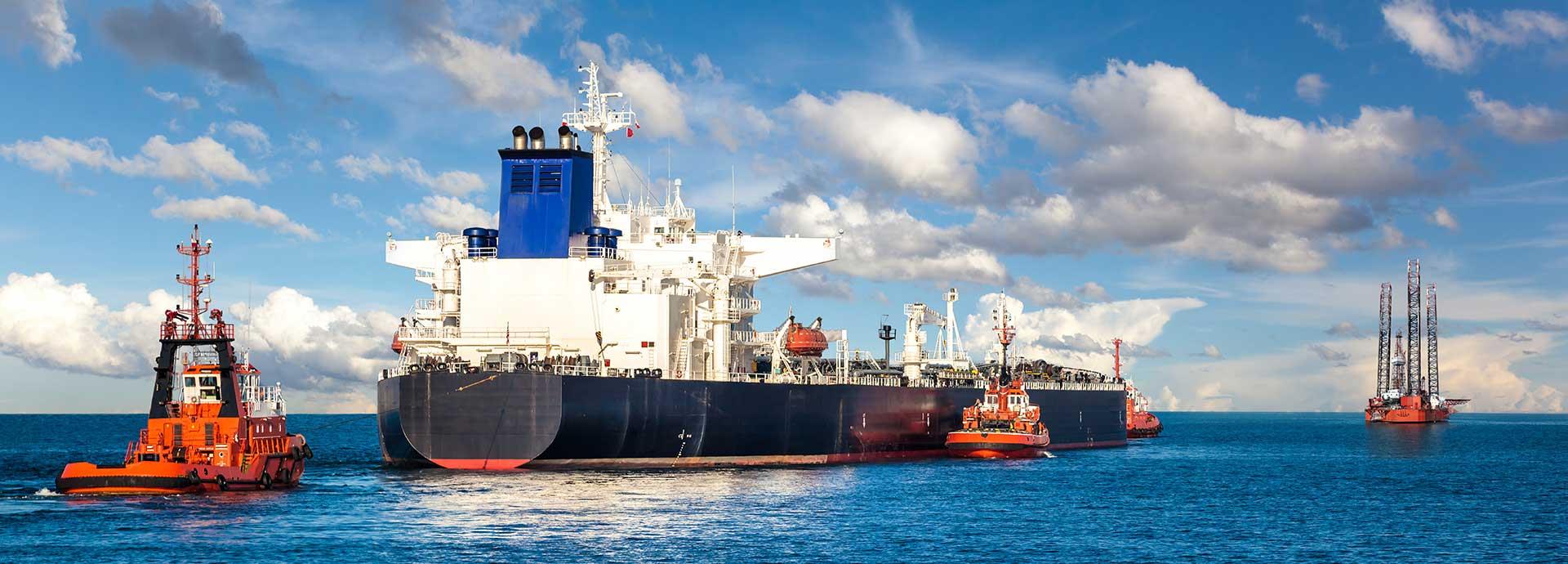

A July 2019 report by Marine Strategies International (MSI) looked at what might happen to demand for oil tankers and bulk ships if the world manages to meet the fossil fuel reduction targets set out in the Paris Climate Accord. In the most extreme reduction scenario, coal consumption will fall by 80% by 2050, oil by half and gas demand will drop by a quarter.
These dramatic changes could push demand for tankers down by a third, with many ships becoming stranded assets. The value of the world’s dry bulk ships could be cut in half – from USD 195bn to USD 90bn by 2030.
For shipowners, tankers and bulk ships are a major investment with a lifespan of approximately 30 years. With these possible changes on the horizon, many owners are considering the best way to move forward, but those working in the future fuels industry say that the transition to cleaner fuels can actually be positive for tankers.
“Repurposing old tankers means you push the decommissioning down the road, so it’s very clean and very green,” says Andrew Deaner, managing director of ShipEco Marine.
Deaner is one of a number of innovators who are planning for the future of these giants of the seas – whether that means using them for cleaner energy or something else entirely.
Tankers into offshore wave stations
Deaner’s father owned a fleet of ships, and he grew up learning a lot about the shipping industry. As an adult, he decided to take this knowledge and apply it to creating green energy. Currently he is working on turning tankers into wave energy stations.
“People are trying to do wave energy close to shore, but there’s no energy – all the waves have gone. You need to go a long way offshore to capture the high energetic sea states,” says Deaner. “And because we’re mobile, we can move out of bad weather. We’ve done all the tank testing, and we think we’ve got a reasonable situation.”
To create a wave energy station, a turbine is fitted inside the vessel which is driven by the air pressure the waves create. The electricity created can then be used to make other products – the team is currently focused on how it could produce liquid natural air, which also has potential as a form of storing energy.
Carriers of future fuels
While ideas like Deaner’s are exciting possibilities to consider, some industry experts are wondering if the tankers simply could be repurposed to carry clean, green fuels.
“In the future, we will have a far wider range of fuels, and they will also vary increasingly in quality,” says Fredrik Östman, General Manager of business development at Wärtsilä Marine Business. “For example, we will have biodiesels, which have a lot of different characteristics. Mixing two or several incompatible fuels might turn them into solid matter.”
Östman speculates that tanker owners and ports need to become more aware of the specific quality of fuel they are handling in order to avoid challenges in the operation. “You can also repurpose [tankers] so that they are not used for transportation,” says Östman. “They could be used for storage, or we have seen ships converted into offshore power plants.”
Deaner also is developing a disaster response ship, which could sail to areas such as the Bahamas, which was recently devastated by Hurricane Dorian, and produce electricity and clean water on board.
A mobile treatment plant
Another shipping industry veteran looking at how tankers could be used to solve some of the world’s problems is Sigmund Larsen, founder of EnviroNor. His company is working on turning tankers into water treatment and desalination plants.
“A lot of cities around the world have a problem with wastewater, but they don’t want to talk about it,” says Larsen. His idea was sparked during a holiday to Dubai, where he learned that the city’s sewage is driven 47 km out of the city and then dumped in the desert. Drivers are paid per journey, so they often dump the waste at a nearby beach in order to increase their earnings.
“I thought, why do they have to drive 47 km when I could have a ship 5-7 km offshore where sewage could be treated?” he says.
Although cleaning and refitting the tankers can take up to a year, Larsen says this process is still 20-25% cheaper than building a new plant on land.
“We can also continue the ship’s life for maybe 40 years after it is meant to be scrapped, because the regulations are less when it’s static,” he says.
Even as the world makes the transition to a lower carbon future, tankers remain a good investment with a number of possibilities – some which could even extend their lifespan beyond the current norms, increasing shipping’s ‘green’ potential.
Did you like this? Subscribe to Insights updates!
Once every six weeks, you will get the top picks – the latest and the greatest pieces – from this Insights channel by email.


